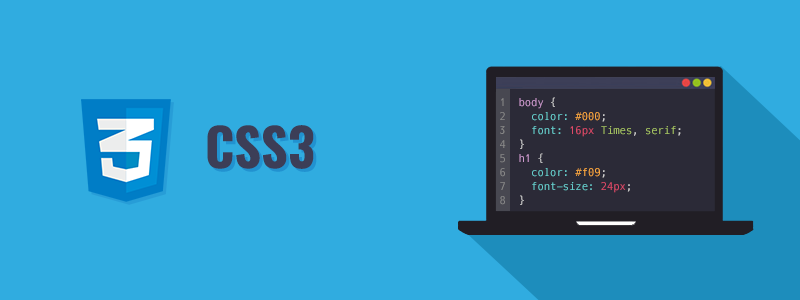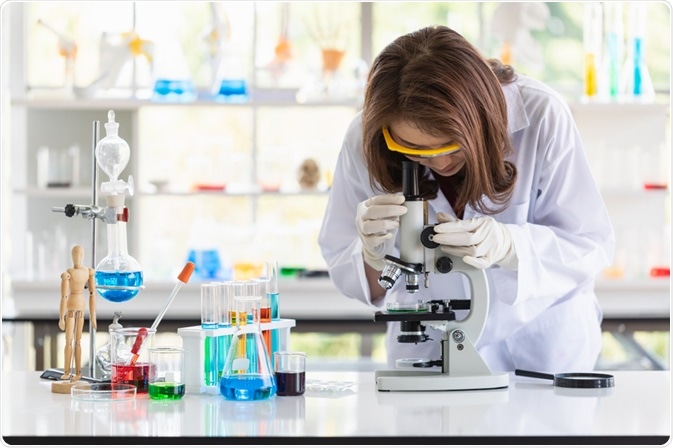9 Skills Every Successful Web Designer Needs — And How To Learn Them

If you’re a beginner in tech, it can be tough to figure out where to start. There are so many paths available to you — from development to design to digital marketing, and every specialization under the sun. That’s where web design comes in. It’s often a great place to dive in if you’re new to the scene.
Like many roles in tech, being a web designer requires both the creative and analytical sides of your mind. And web design is a versatile career with lots of opportunities to niche down or course-correct once you discover exactly what you love.
But what skills do you need if you want to become a web designer? In this article, we’ll cover the essential skills you need to know to get hired as a web designer, plus the soft skills that will help set you apart.
How to Learn Web Design: The Tech Skills You Need to Know to Become a Web Designer
First, let’s go over the technical side of becoming a web designer. All those strange acronyms and terms can seem intimidating, but they’re actually pretty easy once you get to know them.
1. VISUAL DESIGN

It might seems obvious that you need design knowledge to be a web designer, but what exactly does that mean? Well, web design is actually a subset of the larger field of visual design, so it makes sense to start there.
At Skillcrush, we teach visual design because it focuses on digital products and sets you up to succeed across design careers. When you learn visual design, you learn the fundamental design principles you need to be a web designer.
Design principles are what determine the look and feel of a site. They can range from proportions, to typography, to grid systems, to color theory. Learning visual design means creating mood boards and type hierarchy and experimenting with web fonts and color palettes.
2. UX

Here come those funny abbreviations! UX stands for user experience, or how people feel (calm, frustrated, etc.) when they use a website. Above all else, UX is about approaching your designs from a user-first perspective — how can you design a website that helps them get exactly what they need?
To do that, you’ll research your users and create “personas” (profiles of imaginary ideal users). You’ll lay out the pages and content with a site map. You’ll figure out the path users take on your site in user flows. (For example, do they always click straight through to social media? Or are they just looking for contact information?) And you’ll build wireframes to sketch out the key parts of each webpage. All of these components are essential to practicing user experience design.
3. DESIGN SOFTWARE
Like any craftsperson, to do your work you need the right tools. Knowing your way around the industry standards will be helpful in every case and critical in many. While designing a website can be done right in a web browser, tools like Adobe Photoshop, Illustrator, and Sketch are ones that almost all designers use for important parts of their job like creating mockups, designing assets (think logos and images), and of course modifying and enhancing photos. You should learn how to use them (although, if you’re just getting started, consider trying out a few free photoshop alternatives instead).
4. HTML
You might not have imagined that a web designer would need to know how to code. But nowadays it’s an expected skill for most design jobs. HTML stands for HyperText Markup Language, which is the coding language used to put content on a web page and give it structure. That means it’s how you turn a bunch of words into headlines, paragraphs, and footers. And it’s also how you get the “cool” content like photos, videos, and graphics on a website.
5. CSS

And then there’s HTML’s partner, CSS or Cascading Style Sheets. CSS is the code that tells browsers how to format and style HTML for a web page. In other words, it’s what makes all the text and other content look good. With CSS, you can adjust the colors, change the fonts, or add a stunning background — and so much more! This is where your eye for design really shines and how you can put your creative stamp on every site you create.
Pro tip: If you want to start learning web design for free, HTML & CSS are great skills to start with. We’ve got our free 10-day coding bootcamp if you’re ready right here and now. Otherwise, take a look at our roundup of free resources for learning coding.
BONUS! JAVASCRIPT
While you can code up your designs using just HTML and CSS, if you can also program using JavaScript, you’ll have a huge leg up against the competition. JavaScript allows you to take static elements on your site and make them interactive — think Twitter feeds that update automatically, websites that look different when you’re logged in, image sliders, and more!
Soft Skills Every Web Designer Needs
Now that you have the design and tech parts down, you only need to add some soft skills to keep yourself organized and effective in your web design work. These are the skills most web designers swear by, so save yourself some time by learning them now rather than later.
6. TIME MANAGEMENT
Whether you’re interested in learning web design to go freelance or to work for a company, you’ll need to stay on top of your schedule and your projects to be a standout web designer. This can mean getting to know productivity apps like task lists or calendars or, especially if you’re in a large organization, learning project tracking tools like Trello or JIRA. Whatever the tools, mastering the art of prioritizing and tracking your work will be essential for your success (and sanity!) in the busy world of web design.
7. COMMUNICATION
Staying in touch and getting your point across are also must-have skills for a designer. You can’t make a living from building websites without great communication. You’ll need to keep clients up-to-date on the progress of their projects plus pitch ideas and explain your creations. You might even be called on to do some copywriting or editing for sites, especially if you’re running your own one person shop. So buckle down on your writing and your presentation skills, and you’ll be sure to get your point across with clients and coworkers.
8. SEO / DIGITAL MARKETING / SOCIAL MEDIA
The skill set of SEO (search engine optimization), digital marketing, and social media might seem like it’s meant more for a marketer or salesperson than a web designer. But, since the Internet is the way so many companies sell today, you should wrap your head around them, too. Even knowing the basics of each and keeping them in mind for both client and your own sites will get you a long way in your web designer journey.
9. BUSINESS / CLIENT MANAGEMENT
And, as an employee or as a freelancer, understanding the bottom line will help you make sure you or your company is profitable and sustainable. You don’t have to go back for your MBA, but you should have an idea about the goals and finances of your employer or your own business so you can use them to guide your work. And, if you’re designing directly for clients, you should have a plan for making sure that your cash flow and project backlog are both healthy and doable in the short and long term.
How to Learn Web Design Online
As you can see, there’s nothing mysterious or mind-blowing about the skills you need to be a web designer, but then there is the question of where and how to learn them. A foundation in the tech side and a good handle on the organizational parts will both get you going and be there for you as you build your knowledge and your career in web design.
Skillcrush’s Break Into Tech program covers all the skills you need to become a web designer (or web developer). It includes fast tracks for getting you into your dream career quickly, over a dozen courses, plus optional course add-ons to help you niche down and find your path in tech. Our courses are fully online and include 24/7 access to materials, as well as lots of support from friendly instructors and your fellow budding web designers in the online student community. You’ll even learn how to find, land, and complete your first paying web design project within months.
If you already have some skills but are looking for a specific course in design, take a look at our Visual Designer Blueprint. It’s perfect for creative types obsessed with colors, fonts, and all things visual.
Pro tip: You don’t need any design or coding experience to get started for any of our courses. So, join us now to get that exciting and fascinating career in web design you’ve been dreaming of.


